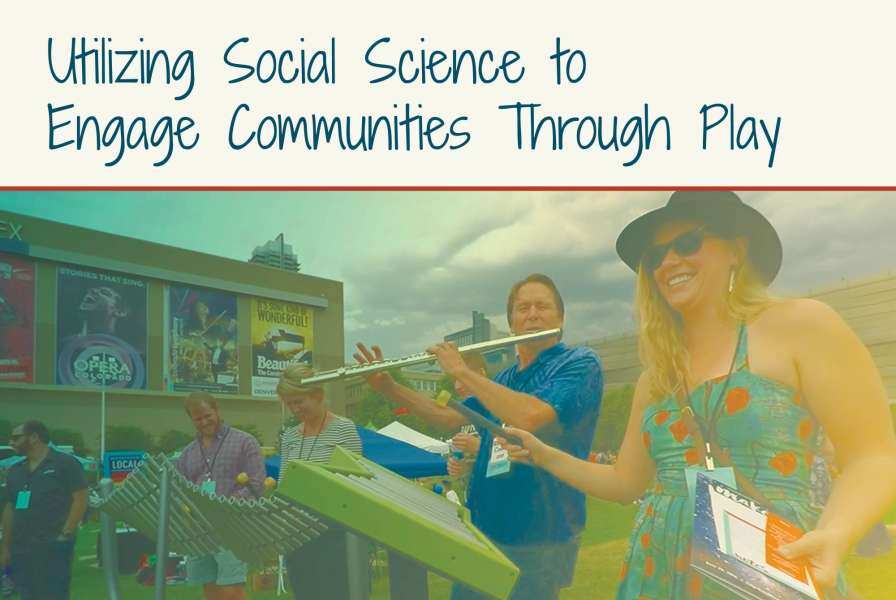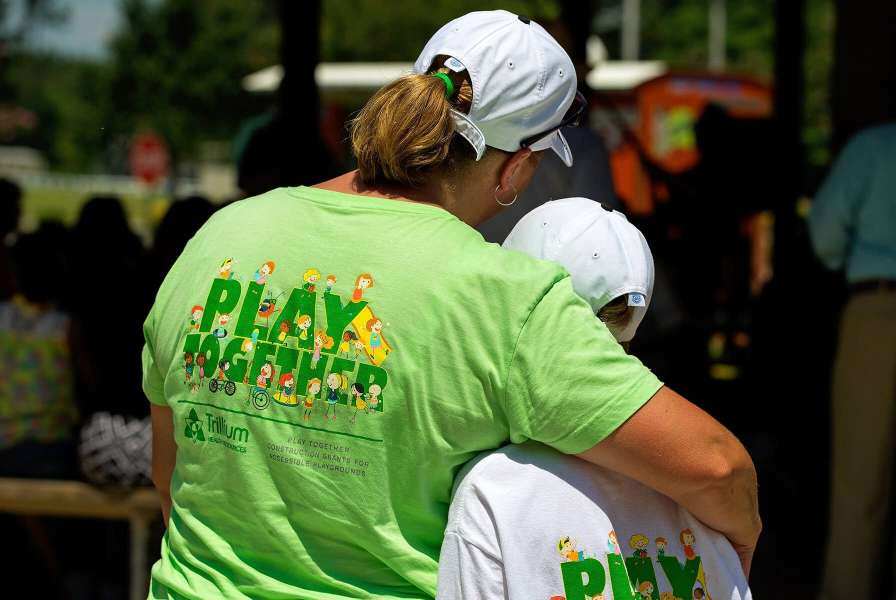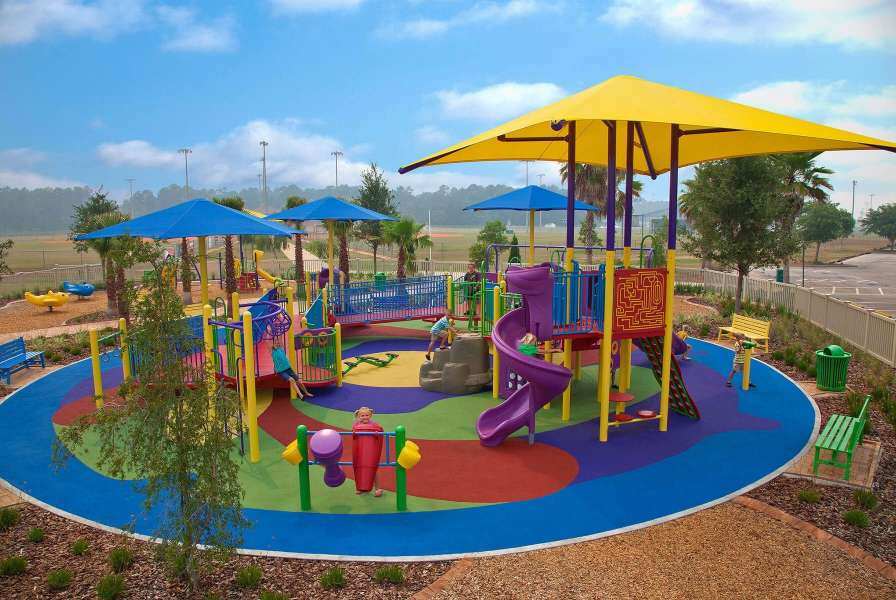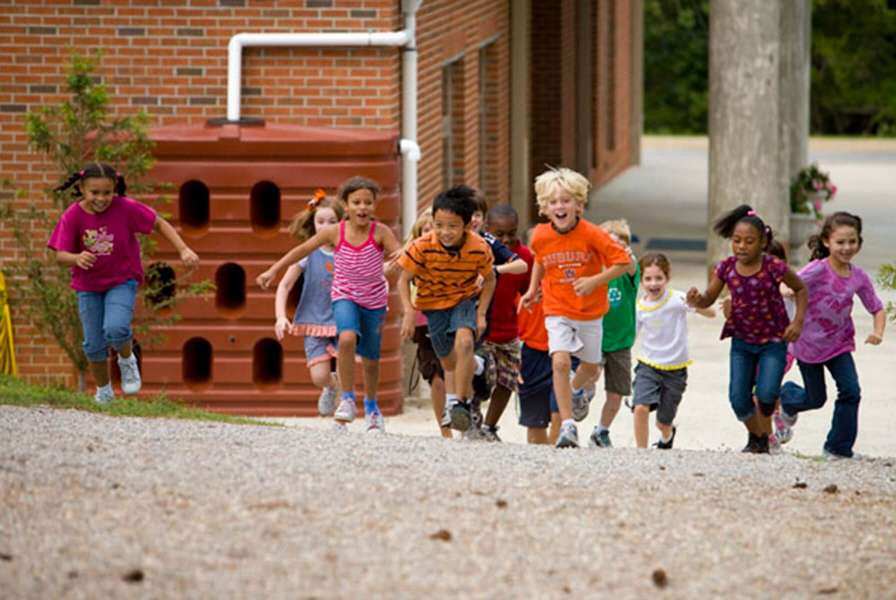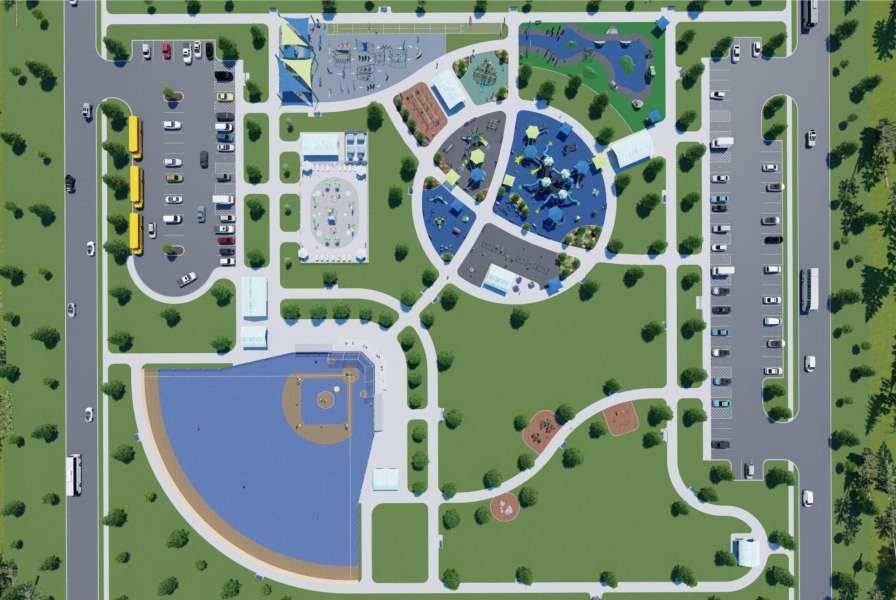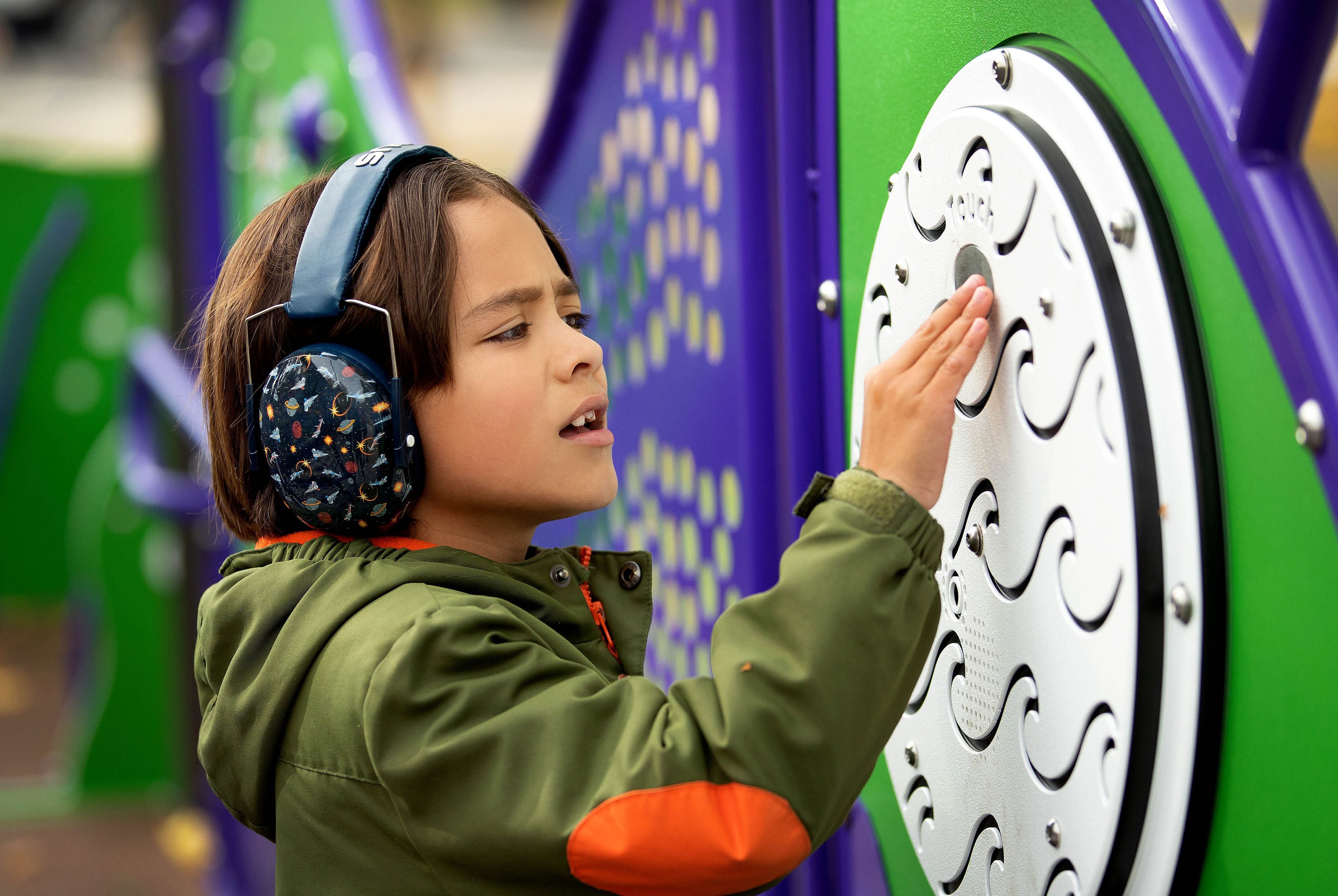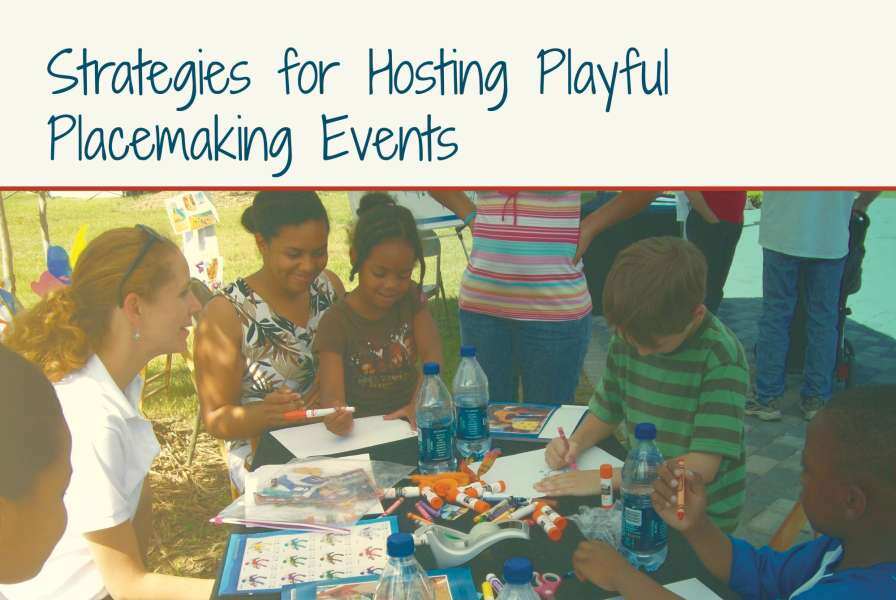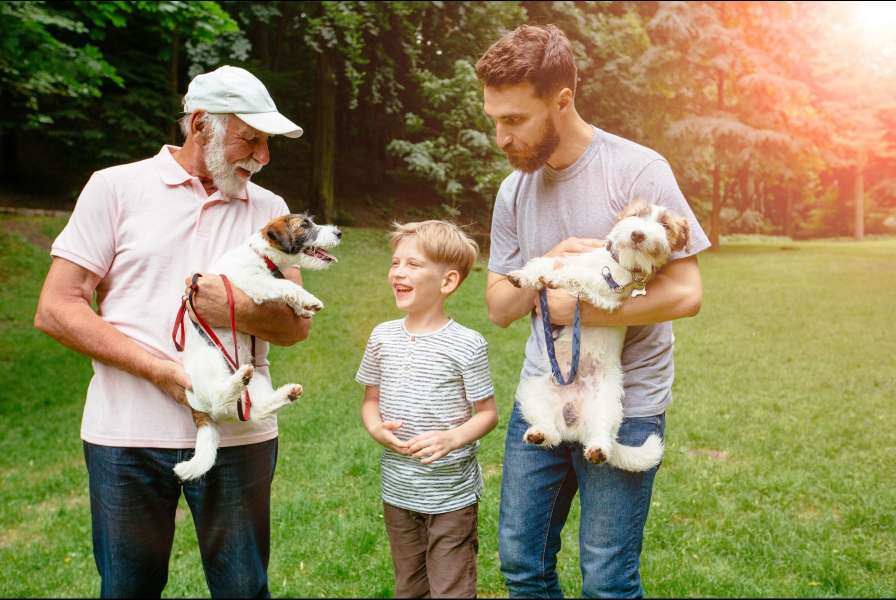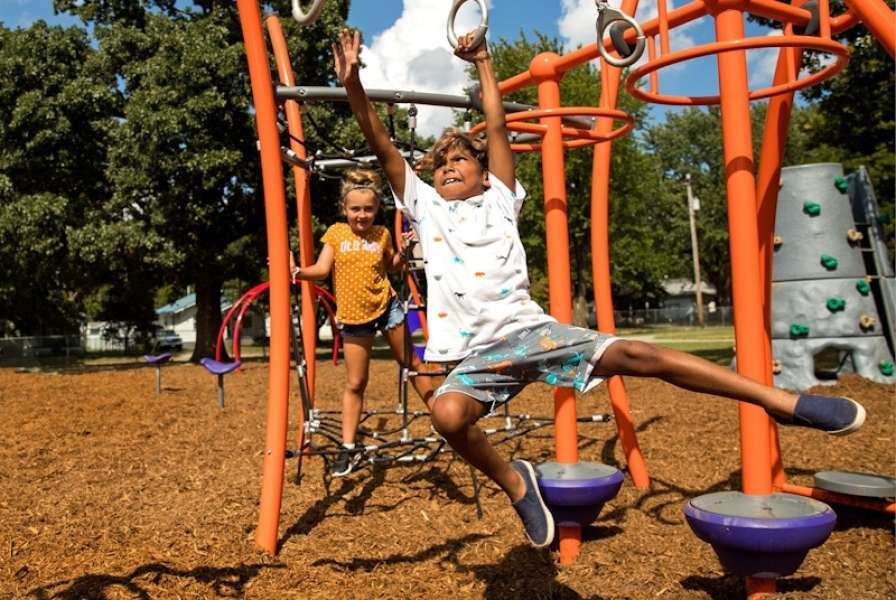Community engagement sessions traditionally have taken the form of public meetings, design workshops, or charrettes with children and adults or even open community forums. These sessions, if mindfully developed and presented, can bring energy and productivity and create a rewarding experience for those involved. If not, they can be very limited in their capacity to bring forth the authenticity needed in making a successful project come to life. We’d like to introduce the use of social science and play to create completely new engagement opportunities, or to strengthen community engagement techniques you may already use.
Definitions of Play:
"Play is voluntary, and takes one out of the sense of time, has improvisational potential, and while it may appear to have no purpose, is engagingly Fun!" - Dr. Stuart Brown, National Institute for Play
"A free activity, standing apart from ordinary life as being “not serious” but at the same time absorbing. Not connected to any material interest or profit." - Johan Huizinga, Dutch cultural historian
"In a world continuously presenting unique challenges and ambiguity, play prepares these bears (humans) for an evolving planet." - Bob Fagen, Ronin Institute researcher
"A ‘give and take’ experience, the playing back and forth with an idea, without any expectation of finding a solution, but engaged in the inquiry." - Joy Kuebler, President, Joy Kuebler Landscape Architect and PLAYCE Studio, Ltd
A Facebook survey asked the question: “Taking the inference of children out of the responses, how would you define Play?”
- Play means safe exploration of physical and/or social interactions.
- Play can be a guiding spiritual framework, a lens of how we view the world, an approach to living.
- Play is doing something for any reason, or no reason, for pleasure or to learn.
- Play has to do with imagination, innovation and presence.
- Play is a willingness to try things.
There are some interesting similarities to notice in these definitions:
- There is a sense of safety.
- There is a willingness to explore.
- There is an acceptance of fun being for fun’s sake.
- Play includes activities that are without a goal but always valuable.
Dr. Stuart Brown quotes the work of noted animal play scholar, John Byers when he shares, “Byers speculates that during play, the brain is making sense of itself through simulation and testing. Play activity is actually helping to sculpt the brain.”
For Joy Kuebler, as a landscape architect, the big “ah-ha moment” came in the following statement, “In play we can imagine and experience situations we have never encountered before and learn from them. We can create possibilities that have never existed but may in the future. We make new cognitive connections that find their way into our everyday lives. We can learn lessons and skills without being directly at risk.”
This captured how Play could be the common language supporting community engagement for the design of the built environment. Traditional community engagement does not create an environment where individuals or a community can imagine a future, play and explore in that imagined future, and then share what they created in their imagination.
